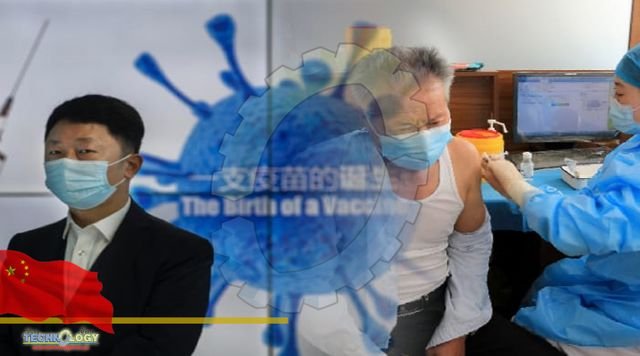About 90% of the Chinese population has so far received two doses of the COVID-19 vaccine. The government claims that its main weapon against the disease is effective vaccination.

China declares that all its leaders have received national COVID-19 vaccines. According to statements made by an official of the National Health Commission. “I can tell you that all the current Party and state leaders have received domestic vaccines. This fully demonstrates their confidence in the COVID-19 vaccines produced in China,” said Zeng Yixin, deputy director of the National Health Commission. 3.4 billion doses of COVID-19 vaccines have already been administered across the country. 1.26 billion people have been vaccinated twice and almost 800 million have been vaccinated three times. Among the elderly, 84.7% of those over 60 years of age have been vaccinated twice and 67.3% have been vaccinated three times.
Officials stress that Chinese vaccine manufacturers prioritize safety and efficacy in their manufacturing process. “Actually, there is a complete regulatory process to ensure the quality of vaccines. As the production scale expands, we are increasing the number of competent personnel to strengthen the supervision and licensing capacity. At the same time, has established an independent information monitoring and traceability system to ensure that the origin and whereabouts of each vaccine can be traced. This ensures the safety and reliability of COVID-19 vaccines,” said Wang Junzhi, deputy director of the working group for the development of vaccines of the Council of State.
In response to a question posed by CGTN, the officials stated that China has advanced vaccine technology and the type of vaccines does not affect their efficacy or safety. “First of all, we have to make it clear that inactivated vaccines are not obsolete. They are made using advanced classical technology and are widely used around the world. China’s vaccine manufacturing technology has also improved a lot. It was developed in the 1990s for cancer vaccines and is quite new. Both technologies have their own characteristics, and they cannot simply be called advanced or old-fashioned,” said Zheng Zhongwei, director of the Medical Science and Technology Development Center at the National Health Commission.
Source: This news is originally published by Cgtn